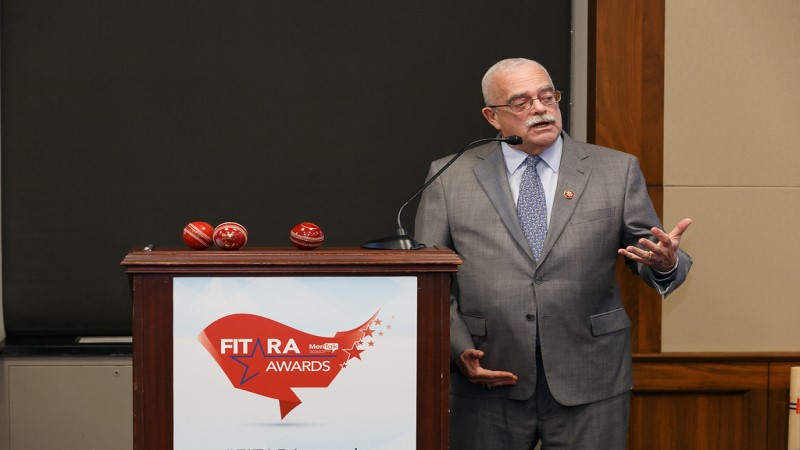
Will Federal agencies’ use of the Technology Modernization Fund (TMF) become a feature of the FITARA Scorecard that the House Oversight and Reform Committee issues twice a year to grade agency progress on IT modernization and efficiency?
While the jury is still out, Government Operations Subcommittee Chairman Gerry Connolly, D-Va., is allowing for the possibility, and says stay tuned for continuing scorecard category developments as the subcommittee prepares for its next public hearing sometime in April on FITARA grades issued in late December 2020.
In an exclusive interview with MeriTV, Rep. Connolly covered the FITARA outlook and his optimism for quicker Federal IT modernization with $1 billion of new funding for TMF approved in the American Rescue Plan Act earlier this month.
FITARA Forecast
Rep. Connolly answered in the affirmative on the possibility that a future scorecard metric may track agency progress regarding TMF.
“Yeah, we are always looking at changes to the scorecard,” he explained. “We’ve made a lot of changes since we started out with only four categories, now I think we have seven or eight. And we just retired one and replaced it. So yes, we’re always looking at other metrics that make sense, that will contribute to agency’s modernization efforts and cyber efforts.”
The scorecard already tracks Federal agency cybersecurity progress via evaluations of Federal Information Security Modernization Act (FISMA) data, and the congressman drew a straight line between the connection for agencies to improve cybersecurity by undertaking IT modernization.
Modernization Yields Security
“The purpose of the TMF is essentially to help agencies become more resilient in cyber by upgrading their IT systems in general,” he said. “To do that, obviously they need working capital because all too much of the budgeted IT funds are spent maintaining existing and legacy systems.”
He noted that TMF funding has totaled $175 million over the past three years and that the new $1 billion of money for the fund should create “an exponential increase” in the amount of modernization funding that will result.
Rep. Connolly also pointed to the enormous cost savings – totaling some $22 billion – that agencies have achieved through progress on categories included on the FITARA scorecard.
“Those metrics in the scorecard cumulatively have saved $22 billion – that’s 22 times [the size of] the TMF, so the potential for reinvesting those savings … in the modernization effort is enormous.”
“I’m very proud of the fact that we have stuck with that, and we’re planning our 11th scorecard hearing in April,” he said. “We’ve really stuck with it to make sure it gets implemented, and we’re trying to use it to exhort and encourage and incentivize, not to punish.”
“What has heartened me is that a lot of the professional [agency] CIOs feel the same way,” he said. “They see the scorecard and FITARA as something they can use as leverage within their respective agencies to urge more progress and more investment. That’s all to the good.”
Steve Harris, senior vice president and general manager of public sector at Dell Technologies, spoke during the same MeriTV interview about the heavy layer of technical debt that burdens many Federal agency systems, and the compelling need to undertake more modernization.
“It’s incredibly important that we actually make progress on buying down [technical debt] … and doing the hard work to get rid of legacy systems that are both more difficult to secure, but significantly more expensive to operate,” Harris said.
“If you do that and you move to more modern, agile IT – sometimes that’s the cloud, sometimes that’s software-defined infrastructure – there are many forms of much more highly secure, durable, and efficient technologies available for every application in government,” he said.
“And as you make the investment – it’s not free, you have to invest – to move from one platform to another when you do that, you take your cost down and you take your capability way up,” he said. “That’s the kind of curve you want to see.”
